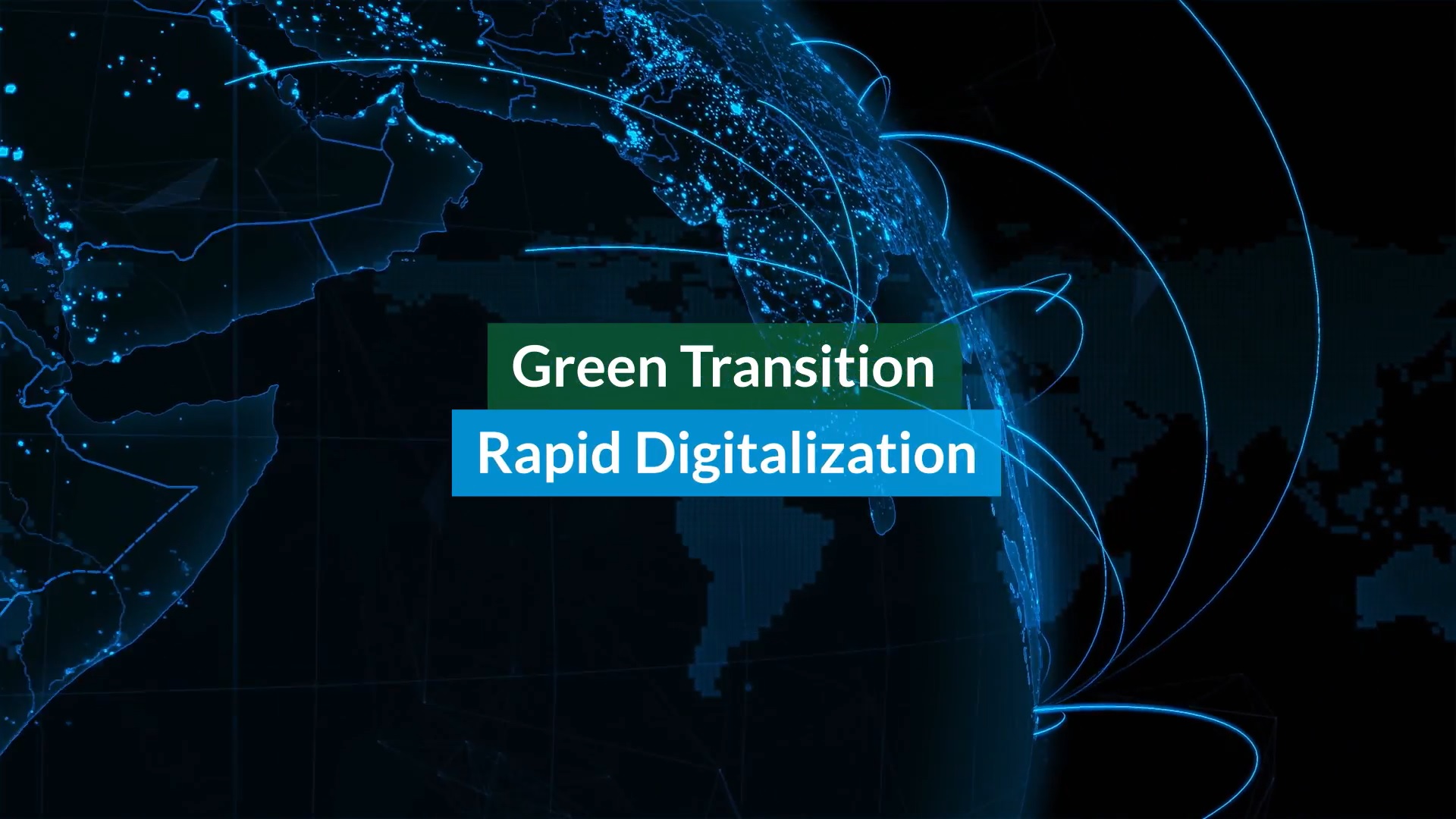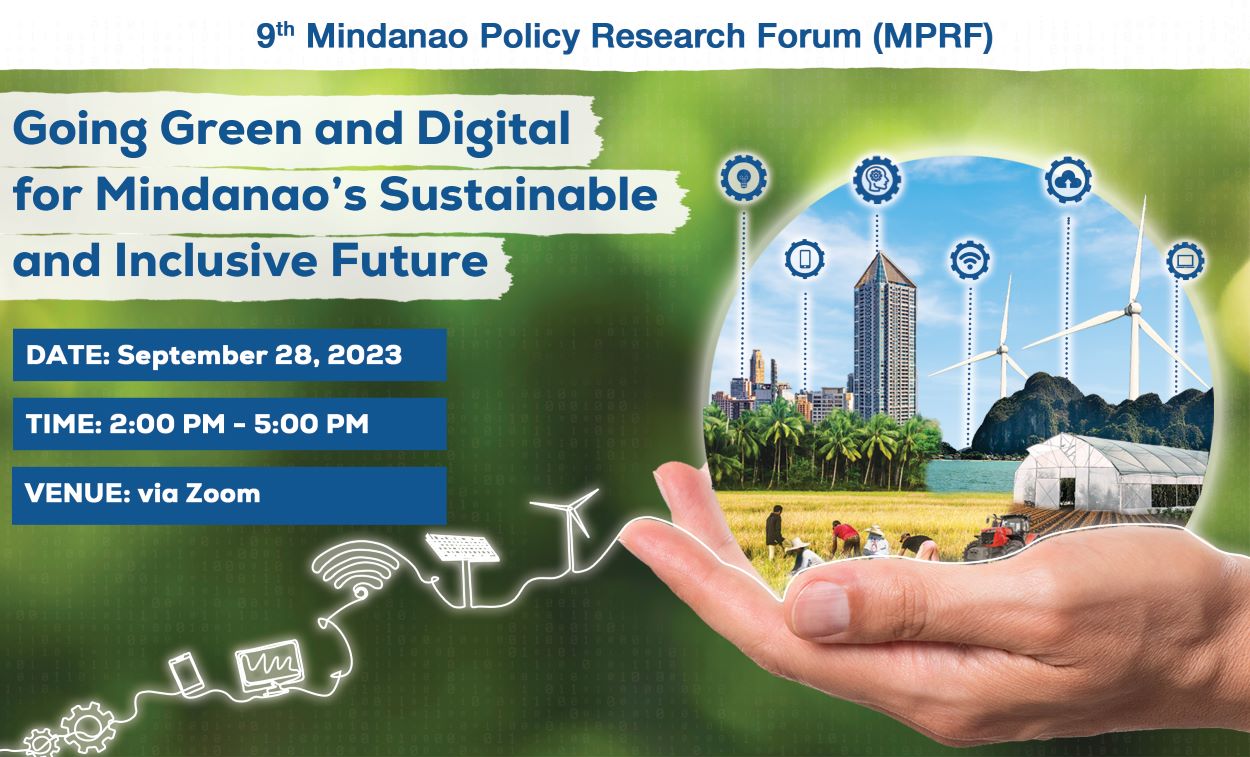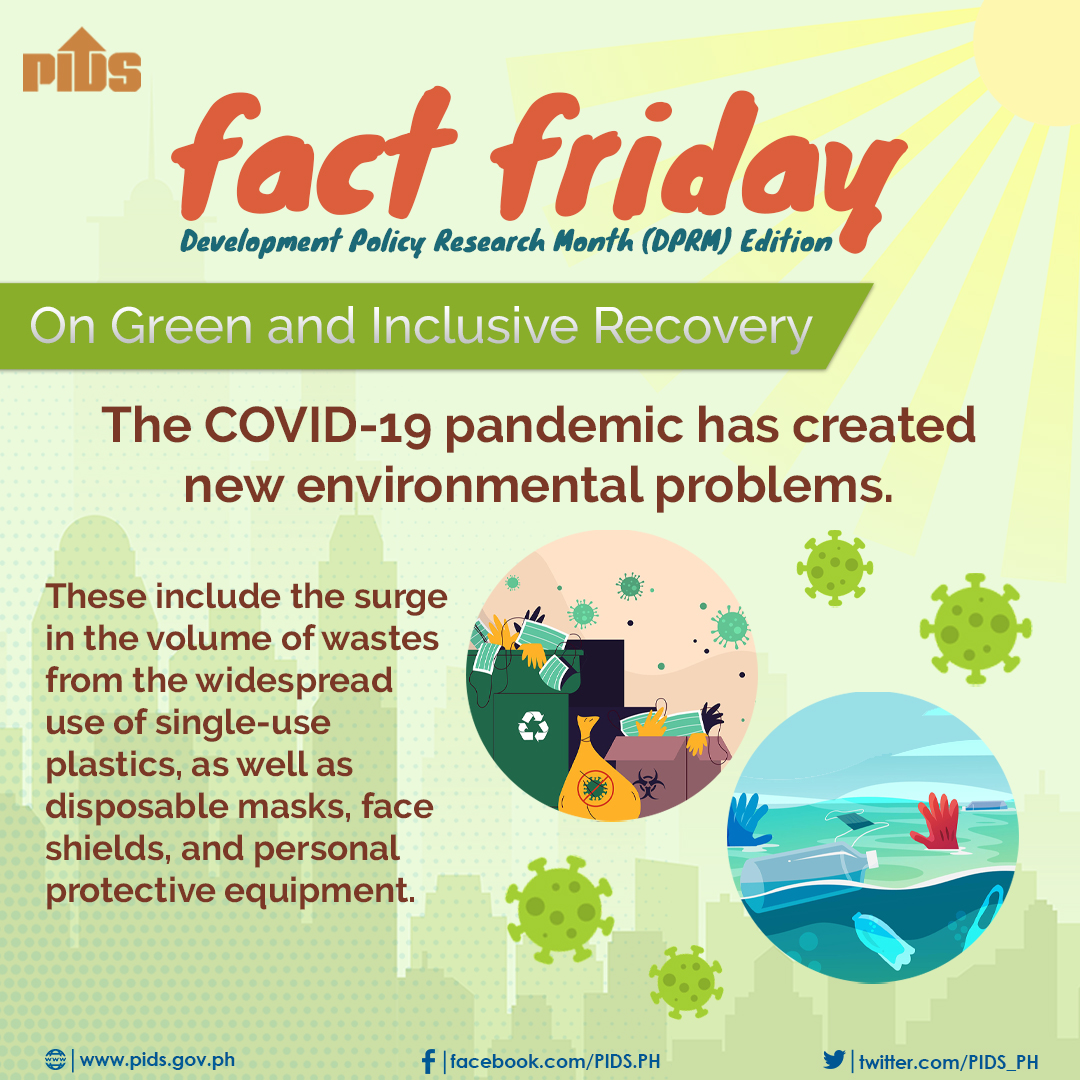There is still room for improvement when it comes to inclusivity and diversity in the country. For example, the 2018 Corporate SOGIE Diversity & Inclusiveness (CSDI) Index found that only 17% of companies in the Philippines have SOGIE-inclusive policies, while a recent study by the Philippine Institute for Development Studies reveals that only 57% of Persons with Disabilities (PWD) are employed as of December 2019 and PWDs looking for jobs are twice as likely to be unemployed than able-bodied people.
One of the factors that could lead to this inequality is unconscious bias – these are biases which we are unaware of and prejudices towards certain groups of people or individuals that happen involuntarily, which can be influenced by your background, culture, and personal experiences. This can significantly slow down an organization from tapping the full potential of talents around them. However, according to Jeffrey Johnson, Teleperformance Global Diversity & Inclusion Head and Senior Vice President for Human Capital Resource Management, while unconscious biases may be unconscious, it doesn’t mean that there’s nothing we can do about it.
In a recent webinar held by the Society for Human Resource Management, the world’s largest HR Organization, Jeffrey Johnson joined a panel of distinguished HR professionals that talked about how to address unconscious bias to bring about change within the organization.
Look at data within your organization
How many employees are persons with disabilities (PWD)? What percentage of top executive or decision-making positions in your company are held by women? Look into the data so that you can pinpoint where unconscious bias is present in your organization. Johnson says this is a critical component to the process of eliminating unconscious bias as this data will show you where it may be hiding, such as in your hiring or promotion processes.
Change begins with you
One of the most essential steps in addressing unconscious bias is self-reflection. According to Johnson: “I’m a firm believer that we start with ourselves when we are addressing unconscious bias. A great way to do that is by examining some of the decisions that you yourself have made or some of your own potential bias in the things that you do every single day.”
Once we start reflecting on our own everyday decisions, that is when we can change our own behavior, and eventually bring about change in the broader organization.
Start discussions within your organization
Once you have the data and insights, the next step is to act on it. Johnson stressed that you must be proactive about unconscious bias and discuss and develop initiatives in your organization to address it, such as creating policies that protect women or are SOGIE-inclusive. Creating interest groups for women and minorities or partnering with external organizations could also help bring more awareness into the organization and better educate its members. It is also important to make the workplace more PWD-friendly to accommodate employees with special needs or even start providing gender-neutral bathrooms. These are small steps you can take so you can start building a culture of inclusivity in the organization.
Through Teleperformance Philippines’ Diversity and Inclusion programs, they allowed challenges faced by certain groups of people to be brought to light. Early this year, they hosted the “Humanizing SOGIE” exhibit to various Teleperformance sites in Mega Manila, which was part of a nationwide campaign by SPARK! Philippines to bring to light stories and struggles faced by women and the LGBTQ+ community.
Teleperformance is also one of the first companies in the Philippines to develop a comprehensive HIV Awareness and Advocacy Development program which aimed to educate employees about HIV, offered free and confidential screening in their on-site clinics, and encouraged employees to be advocates for correct information to others.
In the panel, Johnson quoted Stephen Covey: “’Our strengths lie in our differences, not our similarities.’ As long as there is unconscious bias within an organization, there will be people whose talents and skills are hidden and dampened, which is also hindering your organization’s potential for growth and innovation. As we remain aware of these biases and continuously work to eliminate them, we have the power to effect massive positive change within the organization.”
Teleperformance began operations in the Philippines in 1996 and has grown to become a preferred offshore contact center outsourcing option. The company employs over 47,500 people in the country and operates over 30,000 workstations in 21 business sites located across Metro Manila, Antipolo, Baguio, Bacolod, Cebu, Cagayan de Oro and Davao.
From 2012 to 2018, Teleperformance received the Frost & Sullivan Asia Pacific Contact Center Outsourcing Service Provider of the Year Award for its significant performance in revenue management, market share, capabilities, and overall contribution to the contact center industry. In addition, Teleperformance Philippines was awarded in 2017 as Outstanding Employer and Outstanding Community Project of the Year by the Philippine Economic Zone Authority (PEZA), the Top Employer of the Year at the Asia CEO Awards, and the Outstanding Volunteer by the National Economic Development Authority (NEDA).
This 2020, Teleperformance Philippines was again certified as a Great Place to Work and is the only organization in the country to receive this certification from the Great Place to Work Institute for three years in a row. This year, Teleperformance celebrates its 24th year of continued excellence and leadership in the country. This milestone highlights the company’s commitment to steadily provide the best employment experience for Filipinos, proactively support the nation’s ICT-BPO sector, and uphold its socio-civic engagements to create a difference.
Teleperformance shares tips on creating a more inclusive workplace











